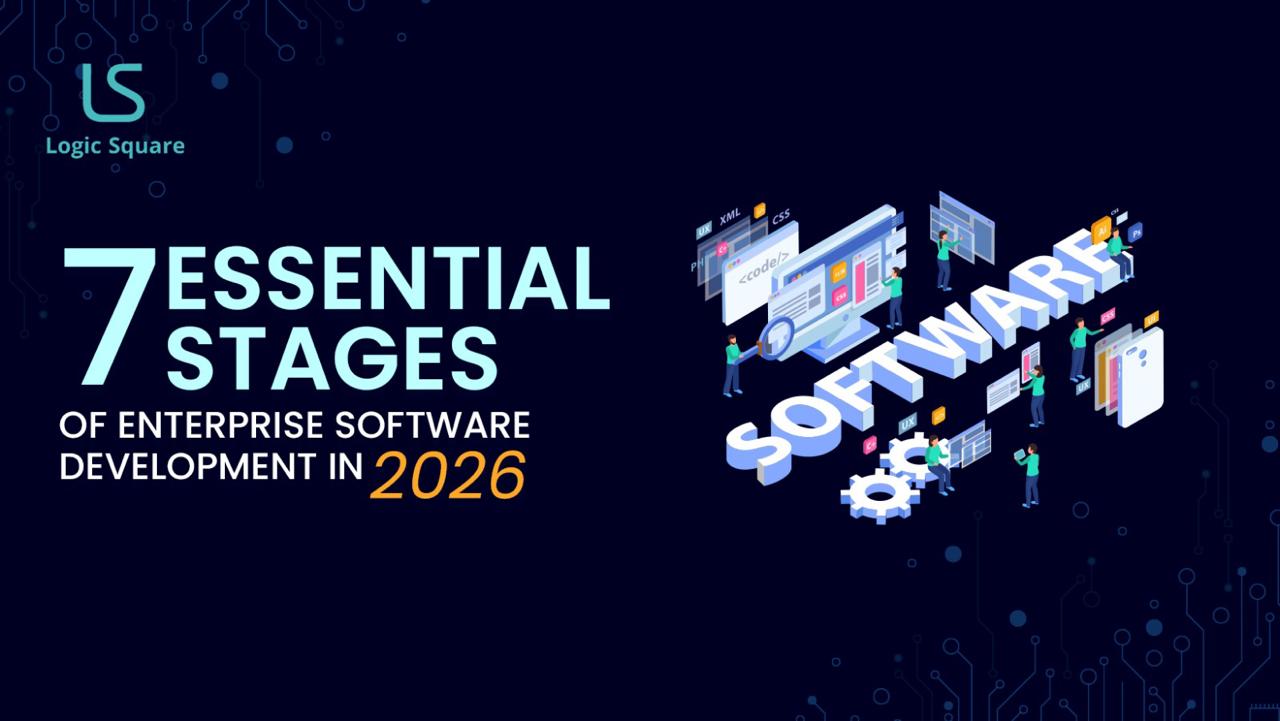We recently developed a wedding planning platform called Manage My Shaadi for one of our clients. From the outset, the client wanted the application to be built using Ionic. While Ionic 4 was still in beta during the early stages of development, we opted to use it to leverage the architectural improvements it introduced.
Fast forward to today, and Ionic has matured significantly. With the release of Ionic v7, the platform is now more stable, performant, and better aligned with modern web development standards. Many of the issues we encountered with Ionic 4 are no longer relevant.
Why We Chose Ionic v7
Several improvements in Ionic v7 made it the ideal framework for this project:
Table of Contents
ToggleAngular CLI Integration
Ionic v7 leverages the Angular CLI, allowing us to use modern development tools and stay up-to-date with Angular’s ongoing improvements. This also simplifies the build process and enhances long-term maintainability.
Angular-Based Routing
Ionic has fully adopted Angular’s router, offering improved control over navigation, route guards, lazy loading, and better PWA integration. This change has made routing more predictable and easier to manage across complex applications.
Web Components and Shadow DOM
Ionic v7 uses web components, which promote reusable, encapsulated UI elements. Shadow DOM support ensures these components maintain their own styles and behavior, avoiding conflicts with the global scope and other elements.
Theming with CSS Variables
Theming is now far more flexible. With CSS variables, we can change the entire look and feel of the app without relying on preprocessors or complex overrides. This makes it easier to support branding changes and custom themes.
Improved Performance
Performance improvements in Ionic v7 are noticeable. Page transitions, initial load times, and overall UI responsiveness have improved, resulting in a smoother user experience that feels much closer to native apps.
About the Application
Manage My Shaadi is designed to streamline the wedding experience for both hosts and guests.
- Host Features: Create wedding events, manage guest lists, schedule celebrations, and allocate transportation and accommodation to guests.
- Guest Features: Register for a wedding using an invited phone number, view event details, update travel plans, and check transportation or accommodation details.
The app also includes a social feed similar to Facebook, allowing hosts and guests to share photos and updates during the wedding events. The rich UI and festive design contribute to a joyful and engaging experience for all users.
Key Challenges and How Ionic v7 Solved Them
Navigation and Back Button Handling
In Ionic 4 beta, one of the biggest challenges was managing navigation, especially with the hardware back button on Android. Since Ionic had moved away from its own push/pop navigation to Angular’s router, initial routing implementations often caused unwanted behavior such as incorrect page history stacking.
With Ionic v7, we now use:
- navController.navigateRoot() for setting the root of the navigation stack
- navController.back() or navController.pop() for backward navigation
This approach provides a cleaner history stack and a more intuitive user experience, especially when handling the hardware back button.
App Freezing Due to DOM Management
Earlier, we discovered that Ionic was layering pages using z-index and transitions without properly removing them from the DOM. This caused the app to become unresponsive if the user navigated too quickly using the back button, leading to what looked like a “frozen” screen.
In Ionic v7, page management and transition handling have been significantly improved. Pages are now correctly removed or cached, transitions are handled more gracefully, and z-index conflicts no longer cause interaction issues.
Component Stability
In the beta version, core UI components like the date-time picker were inconsistent across devices. Updates frequently introduced breaking changes, requiring us to rework our HTML and CSS.
Now with Ionic v7, components are stable, consistent, and customizable. The date-time picker and other input components work reliably across platforms, and styling them is much more straightforward thanks to scoped styles and consistent CSS structure.
Conclusion
Developing Manage My Shaadi has been a journey through the growth of the Ionic framework. From navigating the limitations of Ionic 4 beta to leveraging the stability and power of Ionic v7, we’ve seen firsthand how far the platform has come.
Thanks to the improvements in performance, routing, theming, and component reliability, we were able to build a robust, engaging, and scalable cross-platform wedding planning application. With Ionic v7, we’re now in a much stronger position to deliver high-quality apps with a near-native experience.
As Ionic continues to evolve, we look forward to exploring more of its capabilities in future projects.





